The 54th annual super bowl was a nail-biting game and included performances that got you…
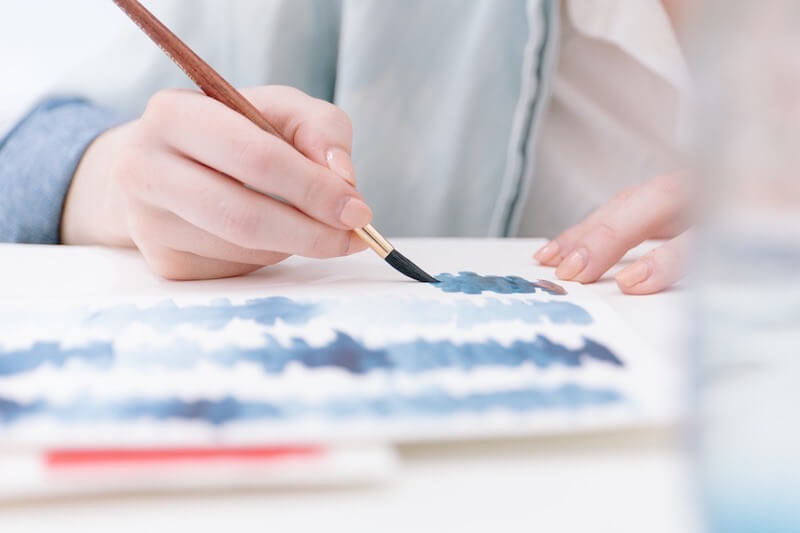
Using & Licensing of Art in the Entertainment Industry
Can you make a living through the arts?
Most people may think that is 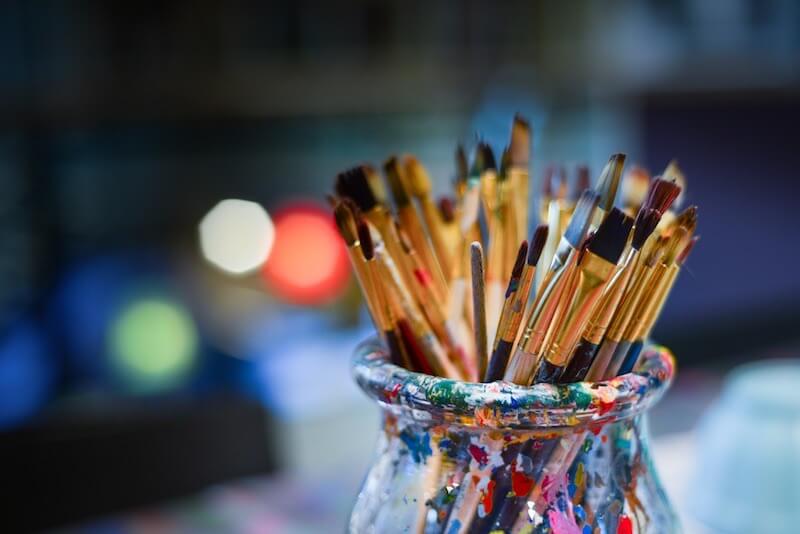 impossible to sustain a good living that comes from their art; nonetheless, you will be amazed by how successful this industry is when you know how to play your cards. Artist Rene Magritte once said, “Life obliges me to do something, so I paint.”. The art consists of a diverse range of human activities that can go from painting or sculpting to acting or dancing, despite which form of art fits you better, you can develop substantial sources of income out of it.
impossible to sustain a good living that comes from their art; nonetheless, you will be amazed by how successful this industry is when you know how to play your cards. Artist Rene Magritte once said, “Life obliges me to do something, so I paint.”. The art consists of a diverse range of human activities that can go from painting or sculpting to acting or dancing, despite which form of art fits you better, you can develop substantial sources of income out of it.
The majority of artists sell their art in galleries, but there are plenty of other options where you can distribute your pieces such as, licensing, selling online or, working with art rental companies; believe it or not, these rental agencies operate by leasing artwork to clients who pay weekly fees, but who are these clients, and why are they interested in renting your artwork instead of buying it? Simple, your clients are in the film industry. Entertainment Art describes the artwork used in films, games, and TV shows, this type of art is made to help the audience visualize and design characters, sets, props, outfits/makeup, and anything else needed for production. Jennifer Long, the owner of Film Art LA, expressed that most film budgets allow between $8,000 and $25,000 for artwork; her company specifically pays 40% to the artist, takes 40%, and spends the remaining 20% to promote other artwork. Do your numbers, and you will realize that it is a win-win deal in which you will always be obtaining profit from your artwork.
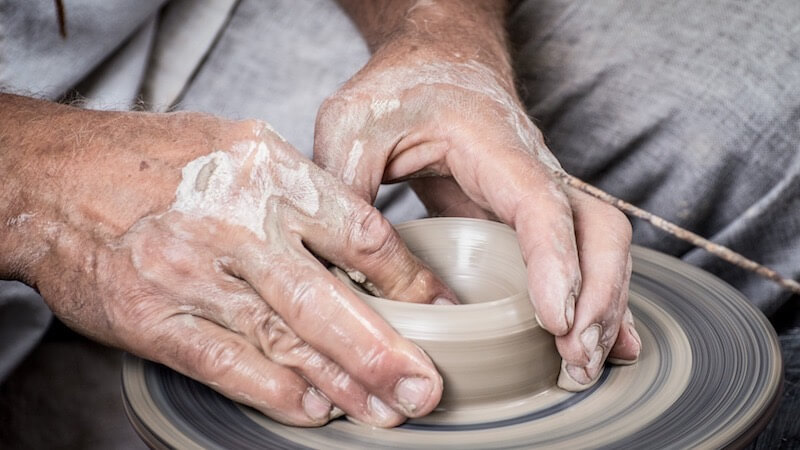
Getting connected to television and film professionals
There are several factors that can help you boost your chances to get your art on TV & Film; decorators and designers often look for abstract, or minimalistic artwork with neutral colors, and medium to large format; additionally, your artwork needs to be appropriate to fit within the film, so it can help define the characters; living near a production is also helpful because you have easier access to production companies; however, what truly matters is that you have to be an easy-to-work-with professional.
Licensing your art creates another revenue stream
Another way to generate extra income out of your art is by licensing; this process is defined as the right to use a legally protected property in an agreement with a product, promotion, or services; regularly, the market pays between 4% to 30% in royalties to the artist for every print sold and a small percentage on their framing. The great thing about Licensing is that it is a continual, residual income builder that help to fill in the gaps when art sales are at a low rate. There are endless possibilities of products that can be licensed; as an artist, you have the potential to create your own brand and offer more than your prints, but everything from collectibles, home decor, or whatever that can cross your mind.
this process is defined as the right to use a legally protected property in an agreement with a product, promotion, or services; regularly, the market pays between 4% to 30% in royalties to the artist for every print sold and a small percentage on their framing. The great thing about Licensing is that it is a continual, residual income builder that help to fill in the gaps when art sales are at a low rate. There are endless possibilities of products that can be licensed; as an artist, you have the potential to create your own brand and offer more than your prints, but everything from collectibles, home decor, or whatever that can cross your mind.
What is the type of art most often needed for television and film
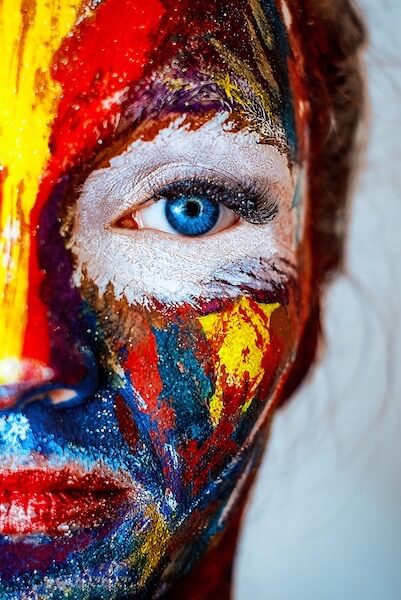 Companies are looking for themes or patterns that they can use over several of their products; therefore, divide your work into sets so you can have different products to offer. Besides expanding your brand you also need to protect it; read books, websites and blogs about how artists can license their art, this knowledge will help you negotiate your rates and protect your rights; define what your goals are and who you are selling to, this will determine what product you want to launch and which companies you want to work with; let these companies know you exist, write them a meaningful letter describing your work and your interests, show them how they can benefit from your work; create a list of those companies you have contacted and those you want to contact; create a portfolio to showcase your art and how it can fit with different products; follow up with your proposals, give them a follow up email after two weeks to a month, considering that they might be too busy; connect with the right people, use social media to interact not only with friends but also with possible clients.
Companies are looking for themes or patterns that they can use over several of their products; therefore, divide your work into sets so you can have different products to offer. Besides expanding your brand you also need to protect it; read books, websites and blogs about how artists can license their art, this knowledge will help you negotiate your rates and protect your rights; define what your goals are and who you are selling to, this will determine what product you want to launch and which companies you want to work with; let these companies know you exist, write them a meaningful letter describing your work and your interests, show them how they can benefit from your work; create a list of those companies you have contacted and those you want to contact; create a portfolio to showcase your art and how it can fit with different products; follow up with your proposals, give them a follow up email after two weeks to a month, considering that they might be too busy; connect with the right people, use social media to interact not only with friends but also with possible clients.
As an artist, you can protect yourself and still promote your art.
Another way to protect your artwork is by copywriting. 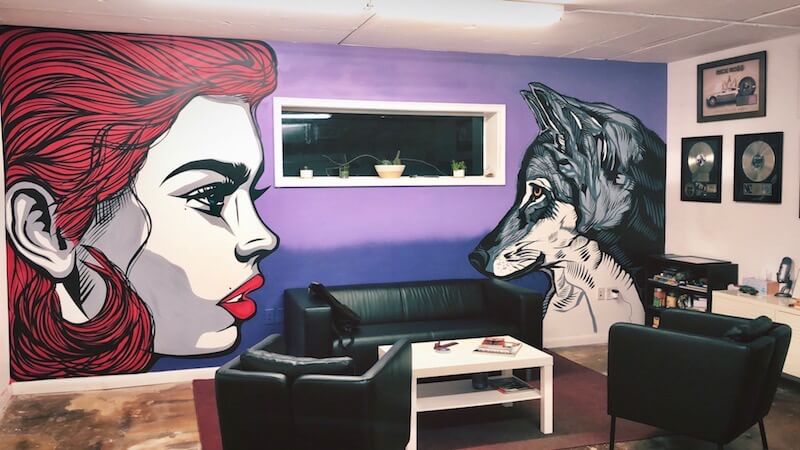 This form of intellectual property provides artists the original works of authorship, which includes literary, dramatic, musical, artistic, and other creative works. It doesn’t matter where you place your art, as long you are not destroying any property, you have ownership over your work, and you have the right to protect it. Graffiti is a great example of this matter; even though street art is an illicit form of public art, it perfectly fits within the law of copywriting because it has a modicum of creativity, and can be fixed into any
This form of intellectual property provides artists the original works of authorship, which includes literary, dramatic, musical, artistic, and other creative works. It doesn’t matter where you place your art, as long you are not destroying any property, you have ownership over your work, and you have the right to protect it. Graffiti is a great example of this matter; even though street art is an illicit form of public art, it perfectly fits within the law of copywriting because it has a modicum of creativity, and can be fixed into any 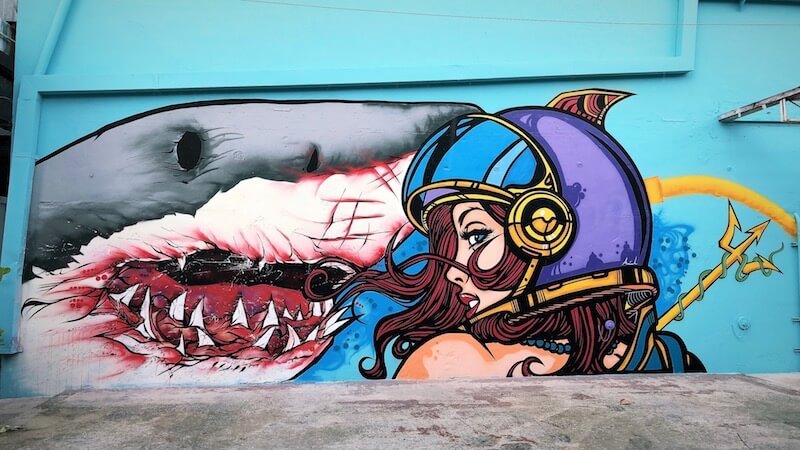 tangible medium of expression. Miami’s Wynwood district has become a hotspot for street art where everybody takes pictures of beautiful walls; however, many photographers, journalists, and bloggers wonder if they are exposing themselves to liabilities when they photograph these street arts, but why? Truth is that everything depends on what you do with the pictures you took or the purpose of those pictures; there would not be any inconvenience if you took pictures of the art for personal purposes; nonetheless, if you took them for commercial purposes, as photographers, journalists, and bloggers could; then, you should have to pay royalties for using those artworks photographs, if you don’t, the authors of these artwork pieces have the right to sue you.
tangible medium of expression. Miami’s Wynwood district has become a hotspot for street art where everybody takes pictures of beautiful walls; however, many photographers, journalists, and bloggers wonder if they are exposing themselves to liabilities when they photograph these street arts, but why? Truth is that everything depends on what you do with the pictures you took or the purpose of those pictures; there would not be any inconvenience if you took pictures of the art for personal purposes; nonetheless, if you took them for commercial purposes, as photographers, journalists, and bloggers could; then, you should have to pay royalties for using those artworks photographs, if you don’t, the authors of these artwork pieces have the right to sue you.
Compensating artist when using art in television and film media
“Art is one of the hardest parts of what we do for a film,” says Ellen Brill, an eight-time Emmy nominated set decorator who designed Home Again. “It really is.” Finding the right artwork with legal clearance to appear on the screen can be a real challenge. Art Clearance has become increasingly critical over the past years, making film studios and artists take this matter seriously. Under the Copyright Term Extension Act of 1998 (an extension of the Copyright Act of 1976), artworks generally enter the public domain 70 years after an artist’s death, which means that the owner of the artwork retains the rights to the display and use of their work until that time. Before any artwork is used on films, videos, or TV shows it needs to be cleared, which means that it needs to get the copyrighted approval from the owner of the artwork, rather artists, galleries, estates, etc. As expected, artists want to get paid for their work, and studios want to pay a price that fits within the budget. One way to make things easier is to work with art rental companies, or art galleries, as mentioned before in this blog, due to the fact that they work as an intermediary that protect both, the artist and the studio, from copyright-related lawsuits; hence it is not mandatory to work with these agencies, they surely help along the way of getting your art on TV and film, making sure that it is cleared.
an eight-time Emmy nominated set decorator who designed Home Again. “It really is.” Finding the right artwork with legal clearance to appear on the screen can be a real challenge. Art Clearance has become increasingly critical over the past years, making film studios and artists take this matter seriously. Under the Copyright Term Extension Act of 1998 (an extension of the Copyright Act of 1976), artworks generally enter the public domain 70 years after an artist’s death, which means that the owner of the artwork retains the rights to the display and use of their work until that time. Before any artwork is used on films, videos, or TV shows it needs to be cleared, which means that it needs to get the copyrighted approval from the owner of the artwork, rather artists, galleries, estates, etc. As expected, artists want to get paid for their work, and studios want to pay a price that fits within the budget. One way to make things easier is to work with art rental companies, or art galleries, as mentioned before in this blog, due to the fact that they work as an intermediary that protect both, the artist and the studio, from copyright-related lawsuits; hence it is not mandatory to work with these agencies, they surely help along the way of getting your art on TV and film, making sure that it is cleared.
Why television and film professionals should use art as part of a set design
No matter if it is a television commercial, a music video, or a movie, the set design is necessary to bring to life a scene based on the narrative the director wants; set designers are the one in charge of designing and creating the physical surroundings in which all the action will take place during the production, these professionals turn rough draws and ideas into the most realistic scenarios to help actors played the perfect scenes
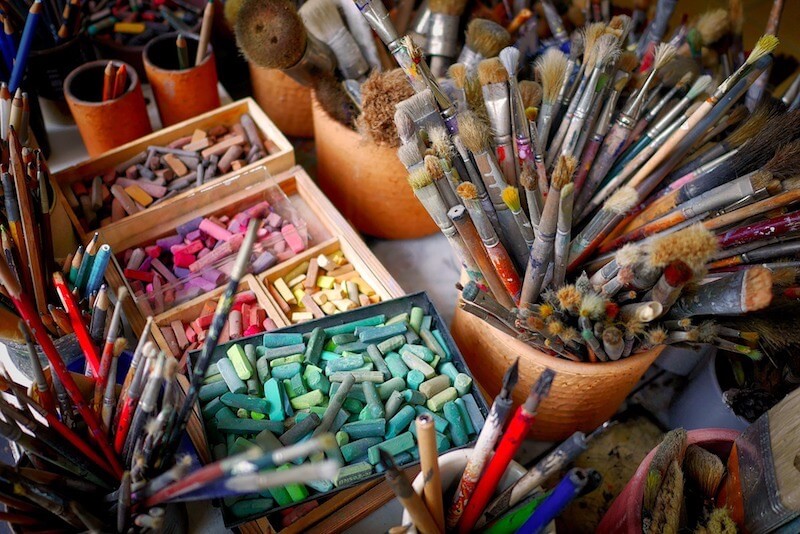 Artwork plays an extremely important place when designing the set, everything you see on film was carefully composed to affect your watching experience subconsciously. Filmmakers use color to set the tone of a scene, to make the audience feel, to show a character’s journey, or to communicate a film’s ideas. Red is used to express power, passion, anger, love, or danger; pink denotes innocence, sweetness, femininity, empathy, or beauty; orange is associated with sociability, friendliness, happiness, youth, or exoticness; yellow signifies madness, sickness, insecurity, obsessiveness, or naive; green represents nature, darkness, immaturity, corruption, danger, or ominous; blue symbolizes cold, isolation, melancholy, calm, or passivity; and purple communicates fantasy, erotism, ominous, mystical, illusion, or ethereal. Besides playing with your mind on purpose, filmmakers also play with their budget; all this color use not only helps to create the perfect tone for a scene, it actually help filmmakers reduce cost by not having to build out everything needed to bring a whole scene to life.
Artwork plays an extremely important place when designing the set, everything you see on film was carefully composed to affect your watching experience subconsciously. Filmmakers use color to set the tone of a scene, to make the audience feel, to show a character’s journey, or to communicate a film’s ideas. Red is used to express power, passion, anger, love, or danger; pink denotes innocence, sweetness, femininity, empathy, or beauty; orange is associated with sociability, friendliness, happiness, youth, or exoticness; yellow signifies madness, sickness, insecurity, obsessiveness, or naive; green represents nature, darkness, immaturity, corruption, danger, or ominous; blue symbolizes cold, isolation, melancholy, calm, or passivity; and purple communicates fantasy, erotism, ominous, mystical, illusion, or ethereal. Besides playing with your mind on purpose, filmmakers also play with their budget; all this color use not only helps to create the perfect tone for a scene, it actually help filmmakers reduce cost by not having to build out everything needed to bring a whole scene to life.  As mentioned before, getting all the copyrighted permits is an art by itself; sometimes is easier and cheaper to make the set designer paint something that fits within what the scene would be even though it will have a different look and feel of a genuine piece of art might have; other times art is already there, for example, when shooting in exterior locations such as luxury condos, buildings, famous streets, woods, etc; some areas let you shoot in there in exchange for credits in the movie, others are free permits, but most of them can cost thousands of dollars a day to shoot in.
As mentioned before, getting all the copyrighted permits is an art by itself; sometimes is easier and cheaper to make the set designer paint something that fits within what the scene would be even though it will have a different look and feel of a genuine piece of art might have; other times art is already there, for example, when shooting in exterior locations such as luxury condos, buildings, famous streets, woods, etc; some areas let you shoot in there in exchange for credits in the movie, others are free permits, but most of them can cost thousands of dollars a day to shoot in.
Using art in film is a win for both artists and entertainment professionals
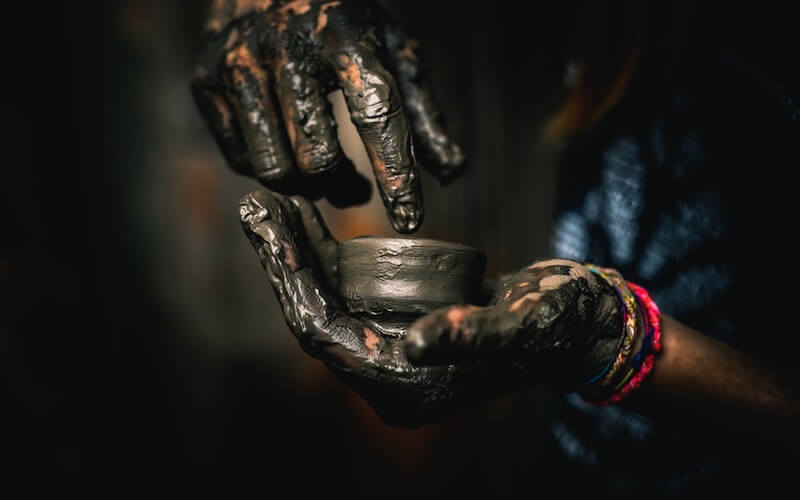 Movies are often considered a form of art; they are the product of arranging symbolic elements in a way that influences senses, and emotions; from within they are a combination of different branches of art such as music, literacy, drama, sculpting, and panting. Using artwork in films can help reduce the cost for productions as set designers have less to dress up on set; additionally, helps directors to better capture a scene by making it true to life; this practice is also an outstanding way to inform the audience about who or what the character is like, whether it’s fine art, graffiti, or abstract art, the use of artwork in films is a win for artists and entertainment professionals, as they both help in affecting the audience emotions.
Movies are often considered a form of art; they are the product of arranging symbolic elements in a way that influences senses, and emotions; from within they are a combination of different branches of art such as music, literacy, drama, sculpting, and panting. Using artwork in films can help reduce the cost for productions as set designers have less to dress up on set; additionally, helps directors to better capture a scene by making it true to life; this practice is also an outstanding way to inform the audience about who or what the character is like, whether it’s fine art, graffiti, or abstract art, the use of artwork in films is a win for artists and entertainment professionals, as they both help in affecting the audience emotions.



